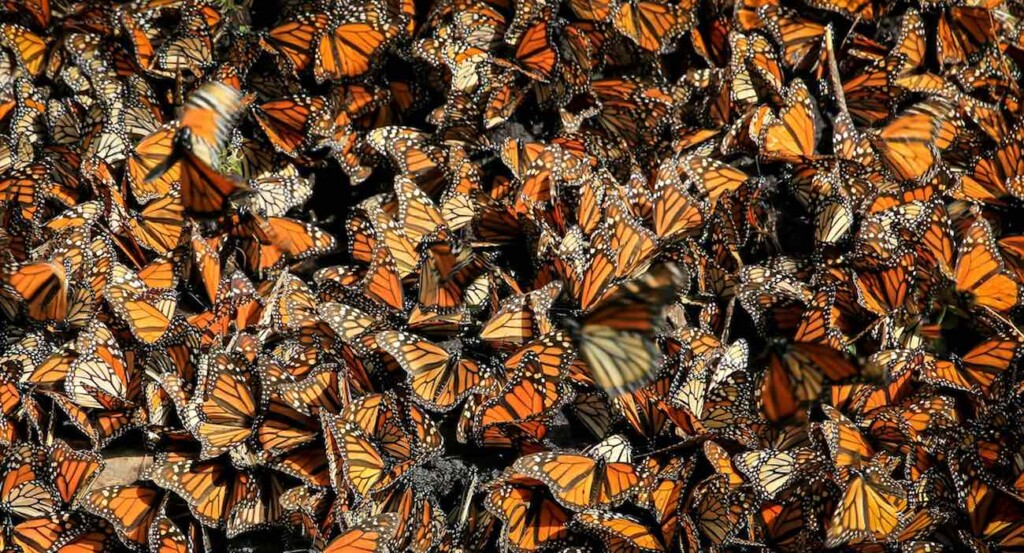
Paul McGreevy, University of Sydney and Cathrynne Henshall, Charles Sturt UniversityAustralia’s horse racing industry is in the spotlight after recent allegations of tranquilliser use on horses so they can be “worked” (exercised) between race days.
A recent ABC report stated workers in the Australian racing industry allegge horses are being routinely medicated for track work at the peril of rider and horse safety.
Using tranquillisers on horses during training and management may not be illegal but this could breach nationwide racing rules.
The prevalence of the practice is not clear but many industry insiders report it as common.
Racing Australia had “recently become aware” of the use of acepromazine for track work and had begun collecting data about the practice, but had not been made aware of any complaints or concerns.
What medications are horses given?
Horses may be given a low dose of a tranquilliser, most commonly acepromazine. This makes their behaviour easier to control in certain situations, such as when they’re being examined by a veterinarian.
This drug must be prescribed by an attending veterinarian, and it can calm unfriendly and apprehensive animals. This could assist with making excited, hyperactive horses easier to control and less likely to buck, rear or put people at risk of injury from uncontrolled...

